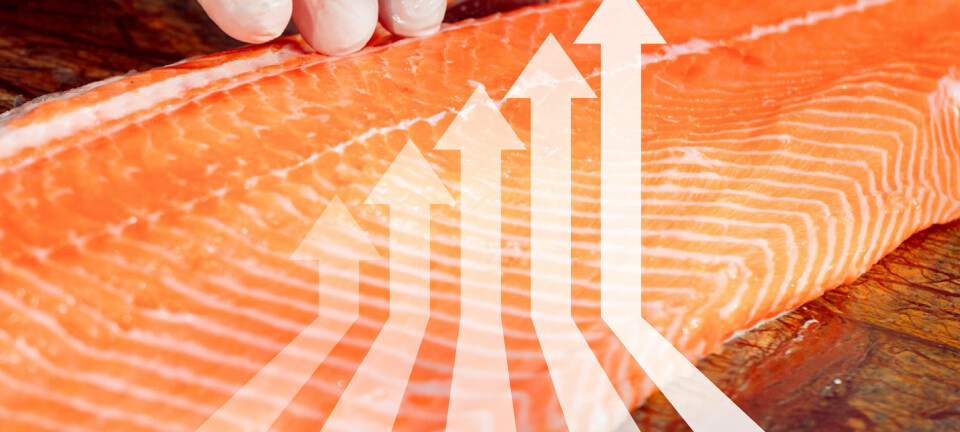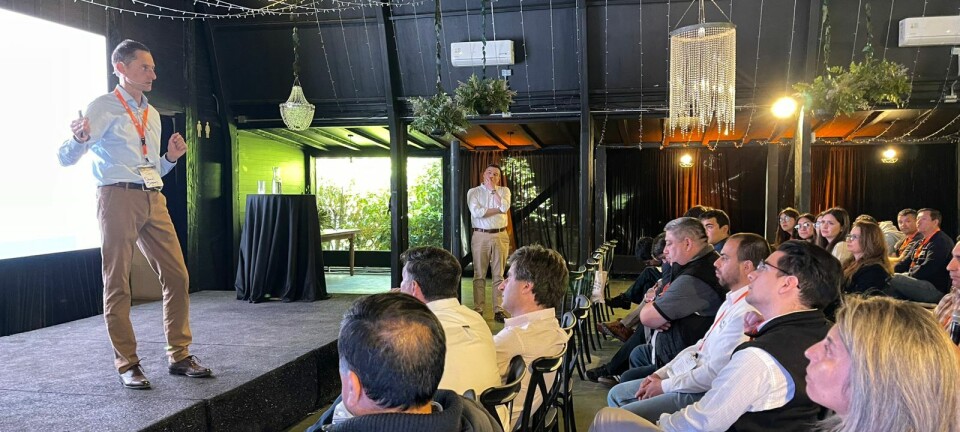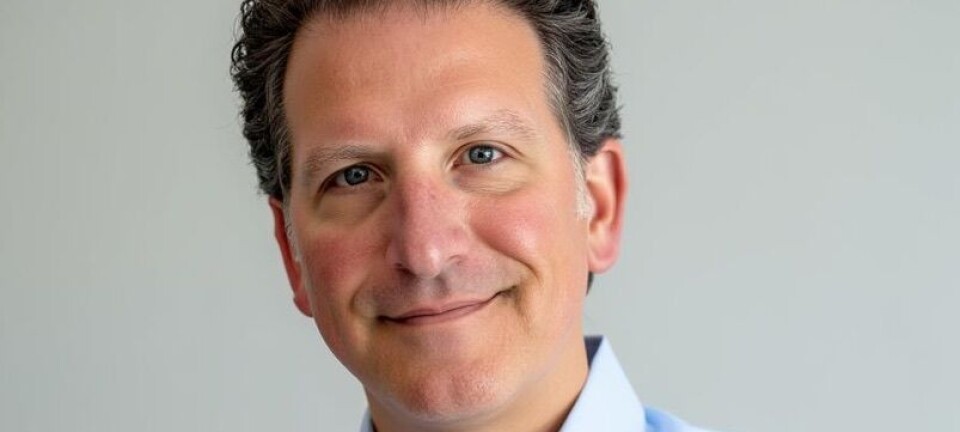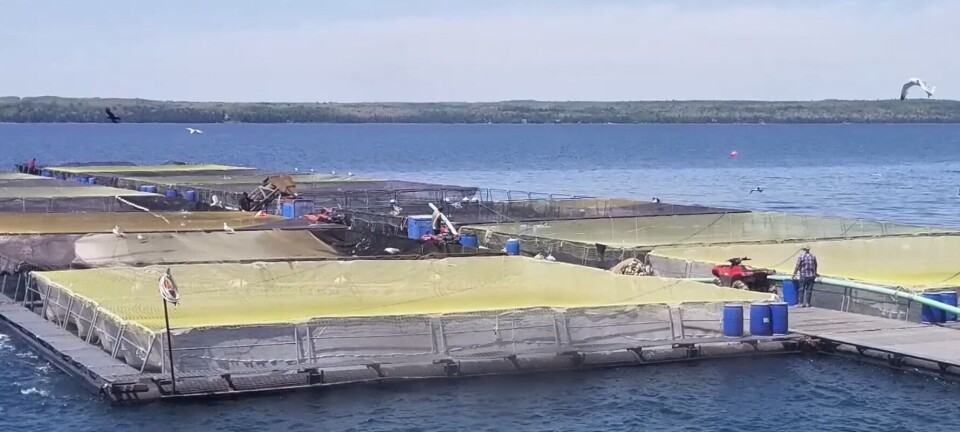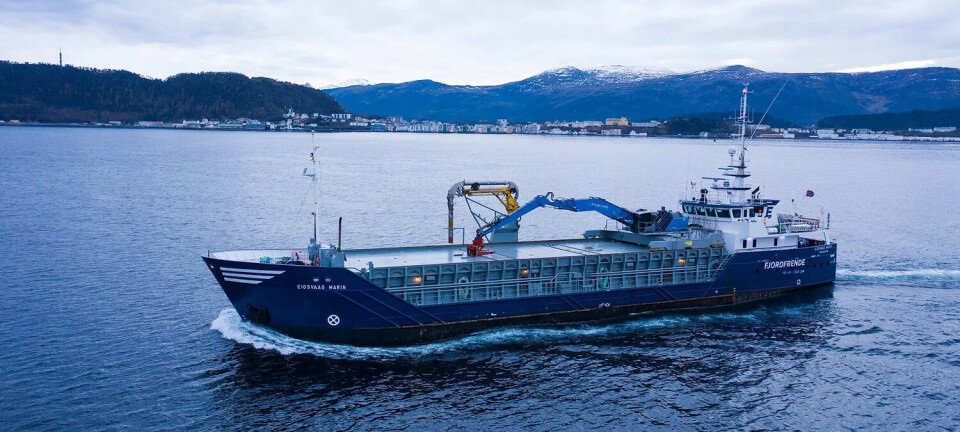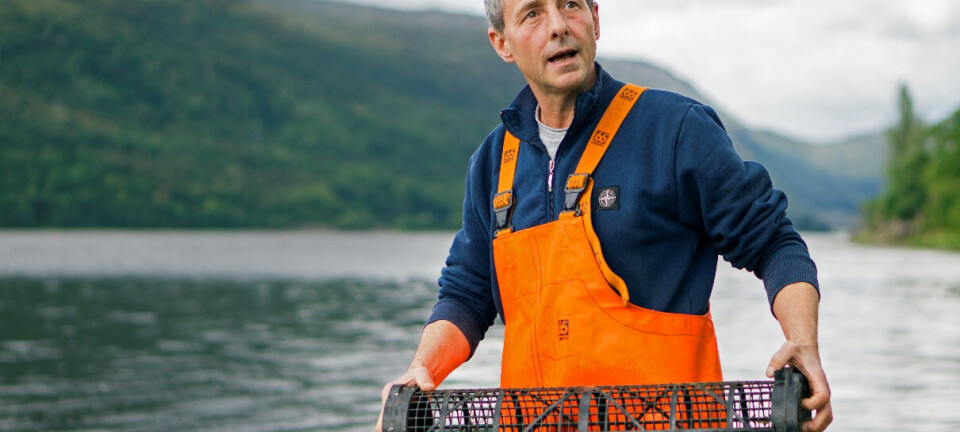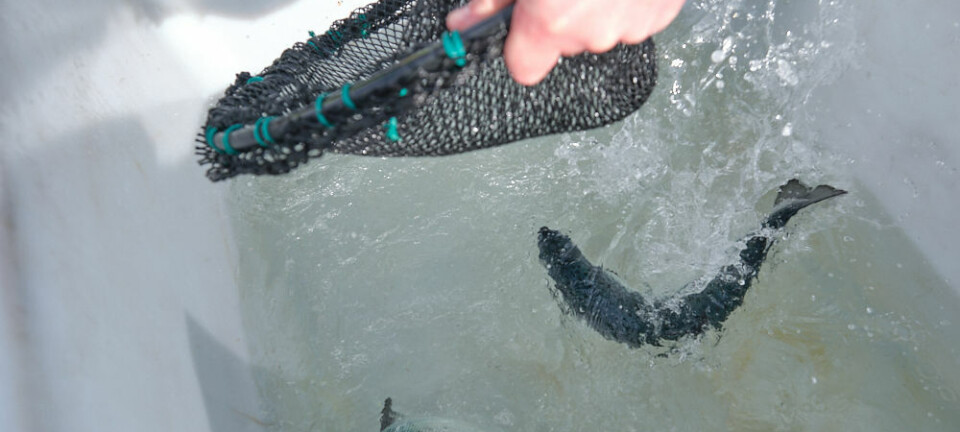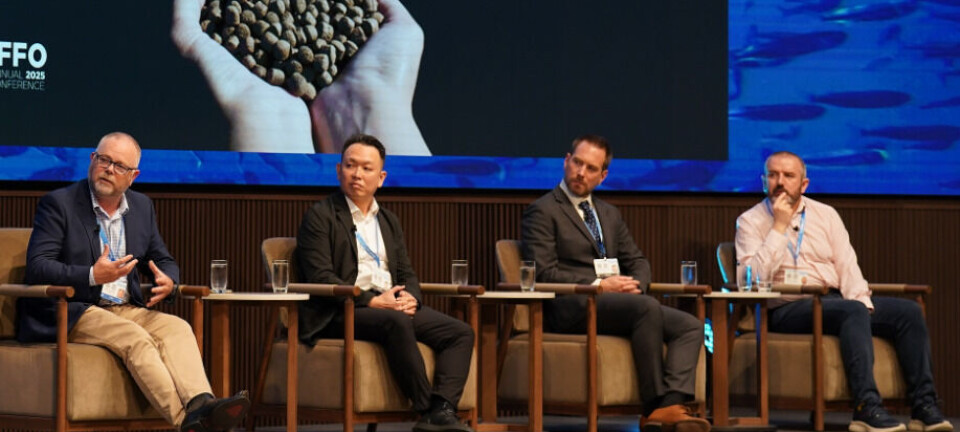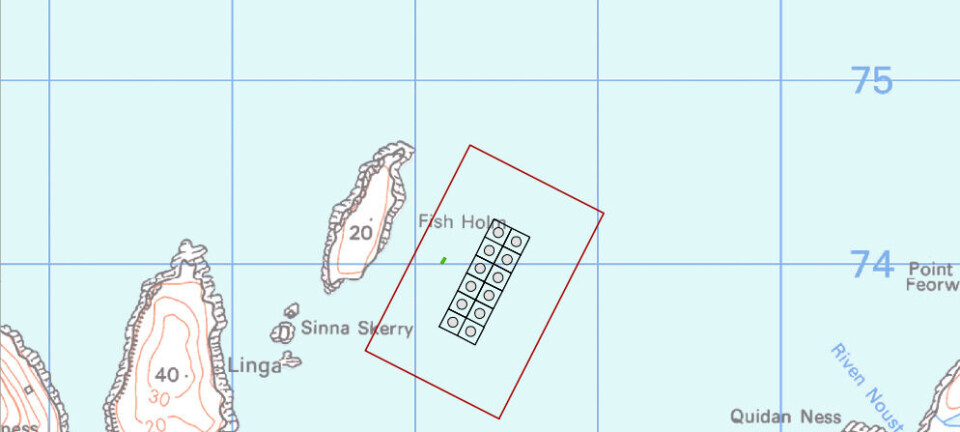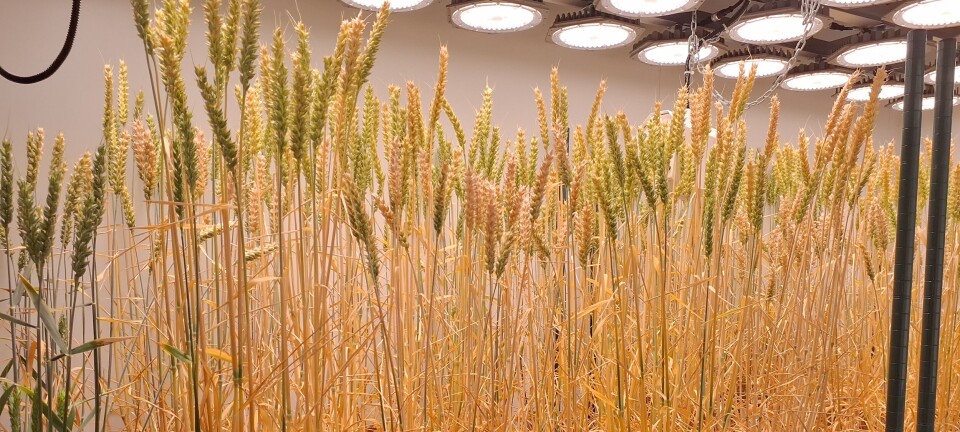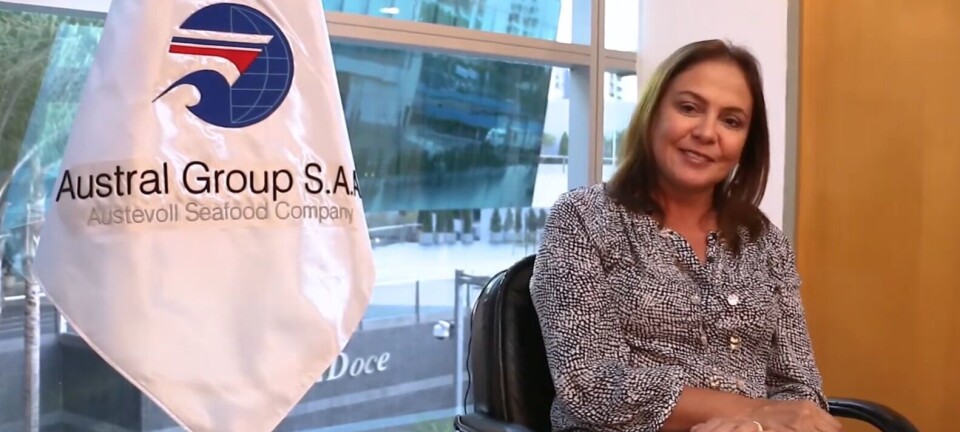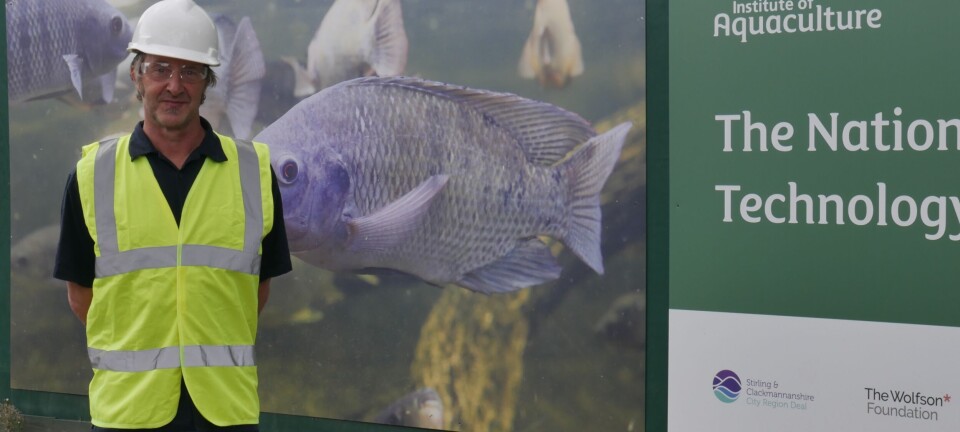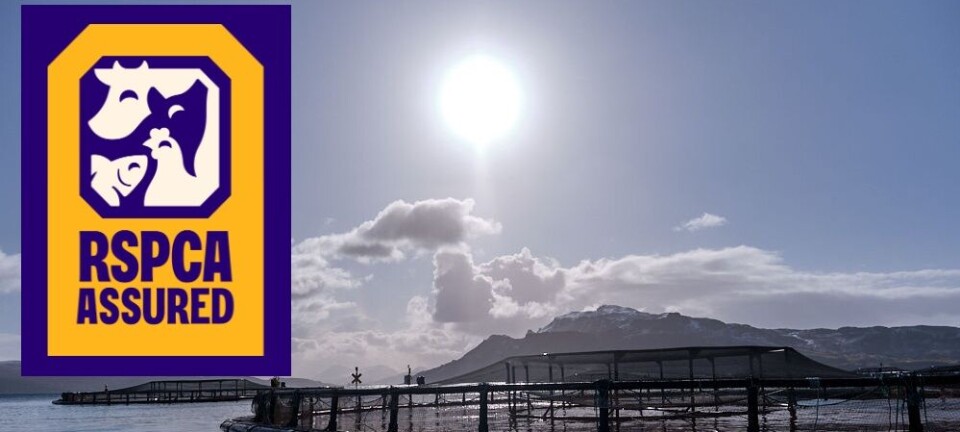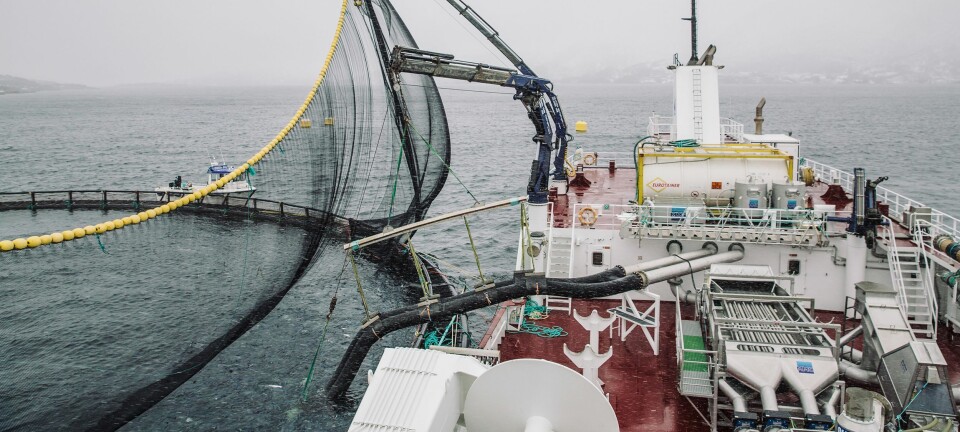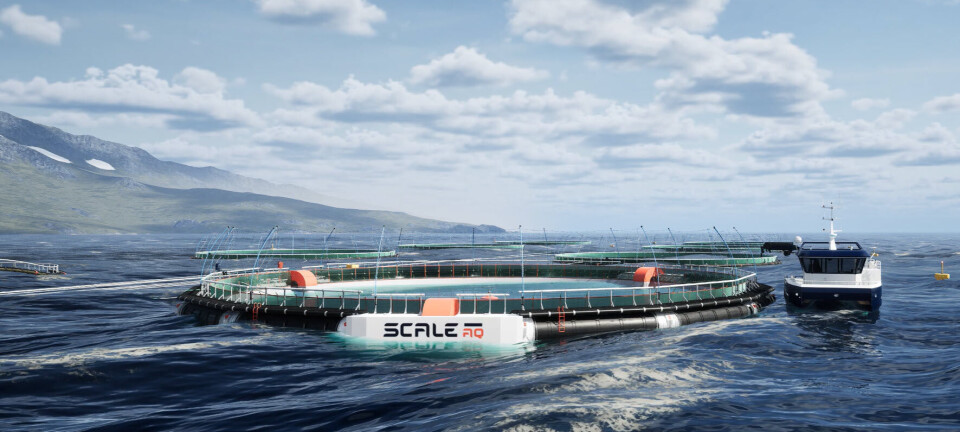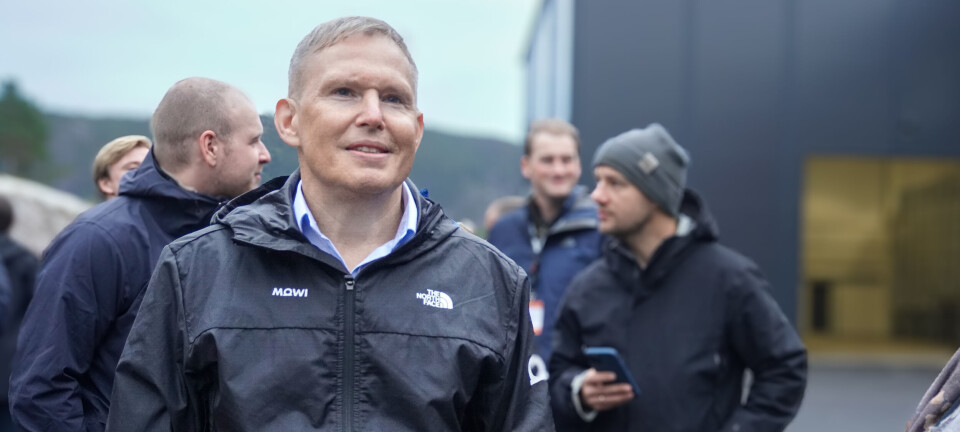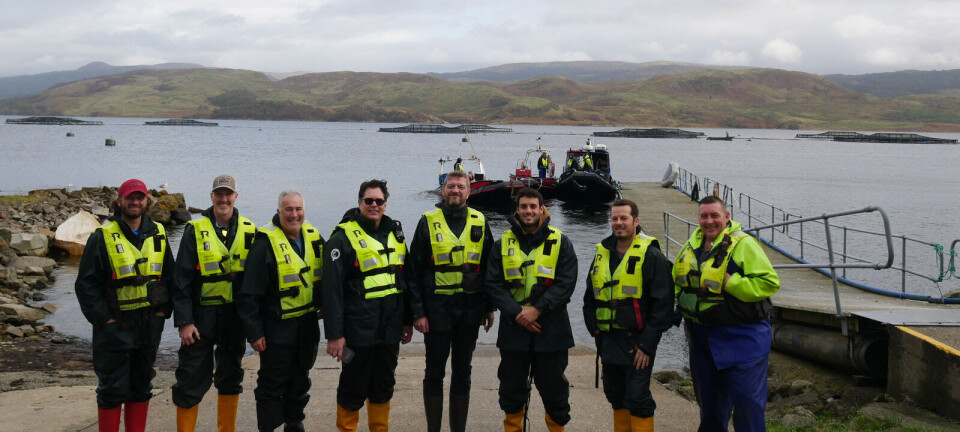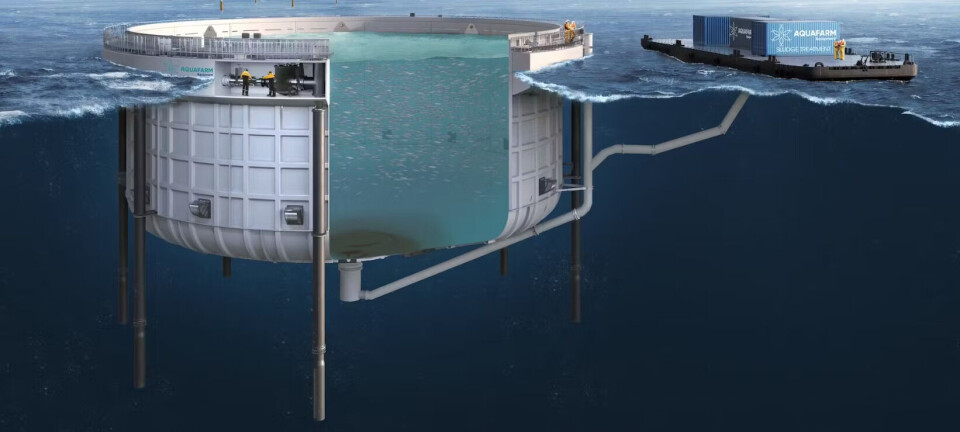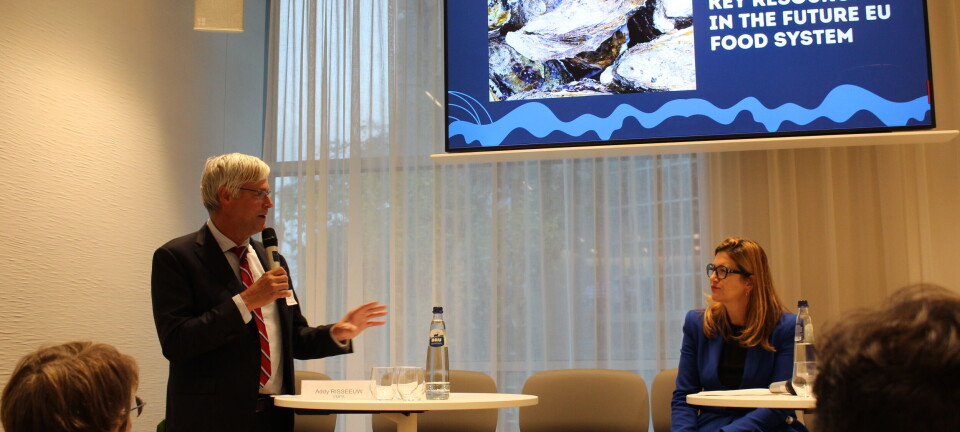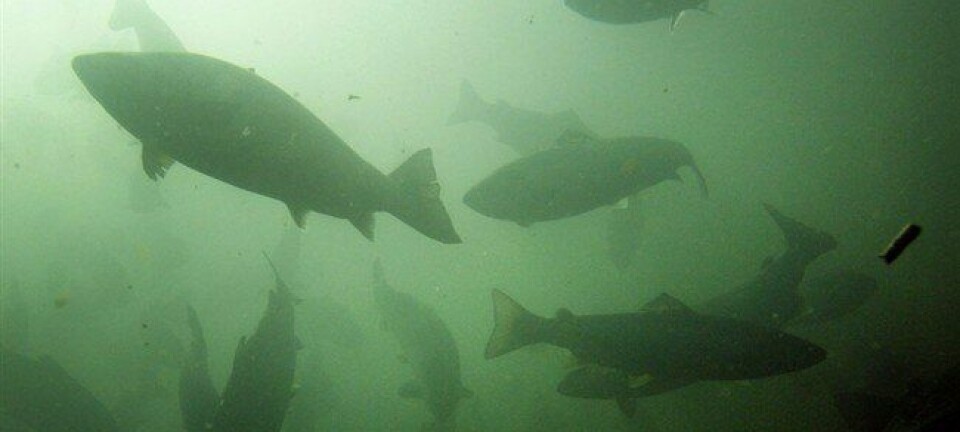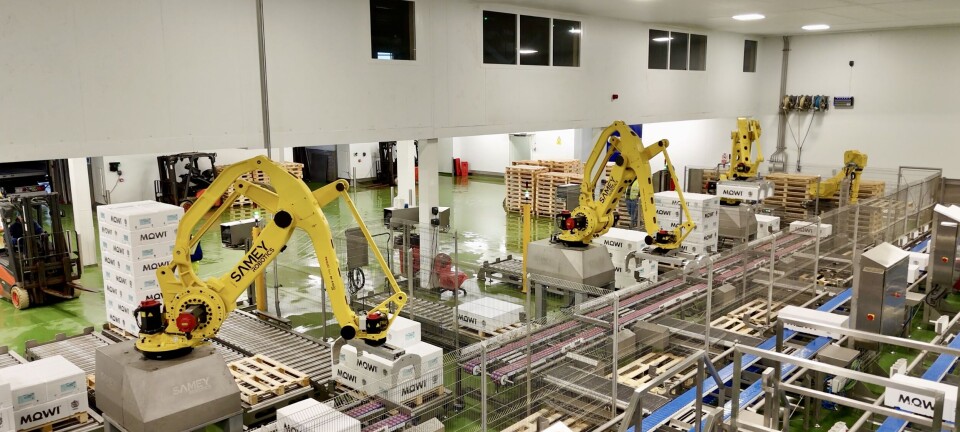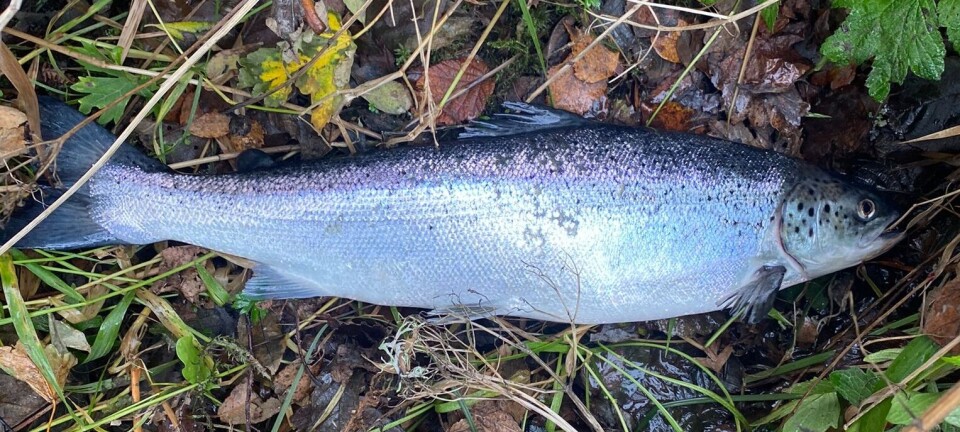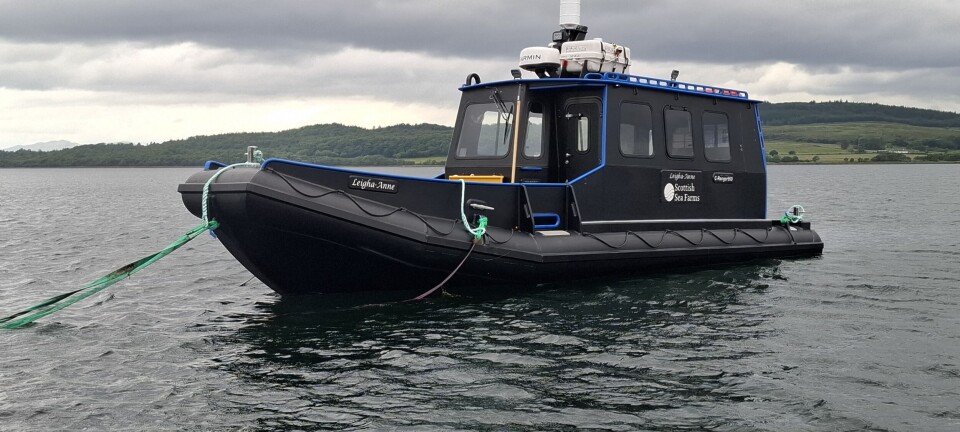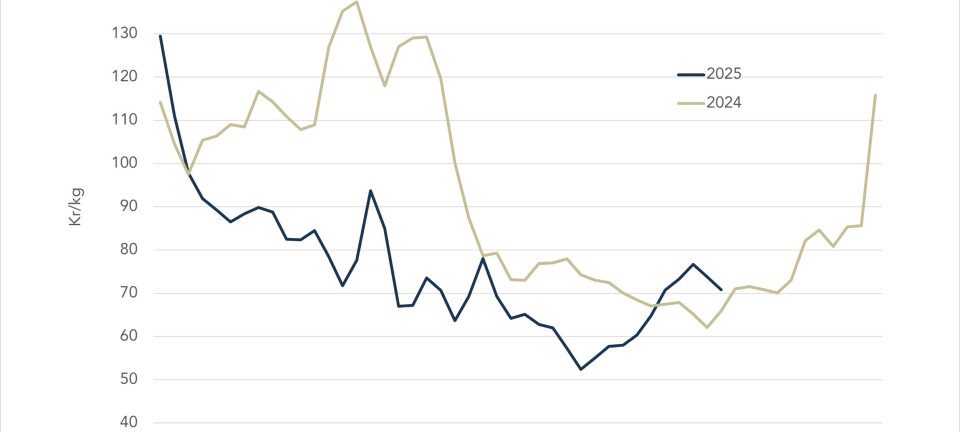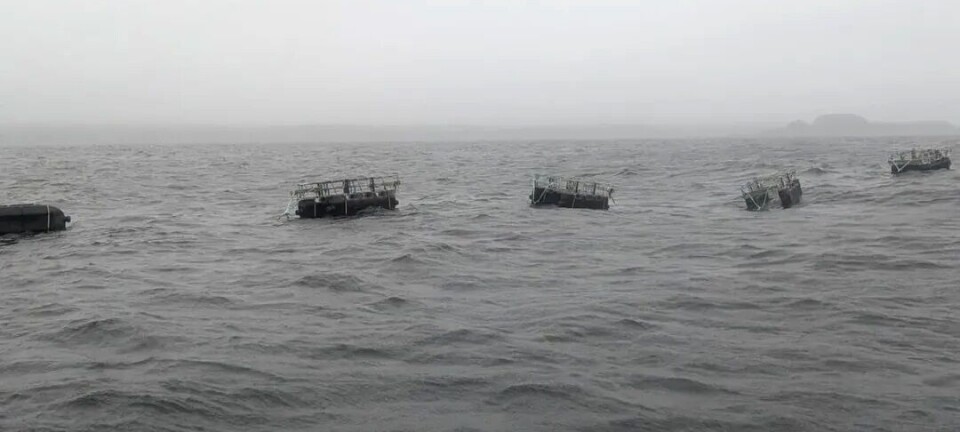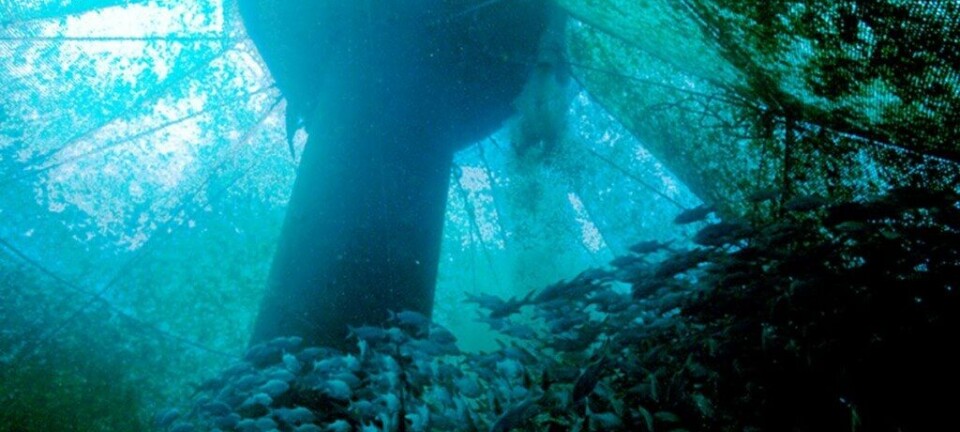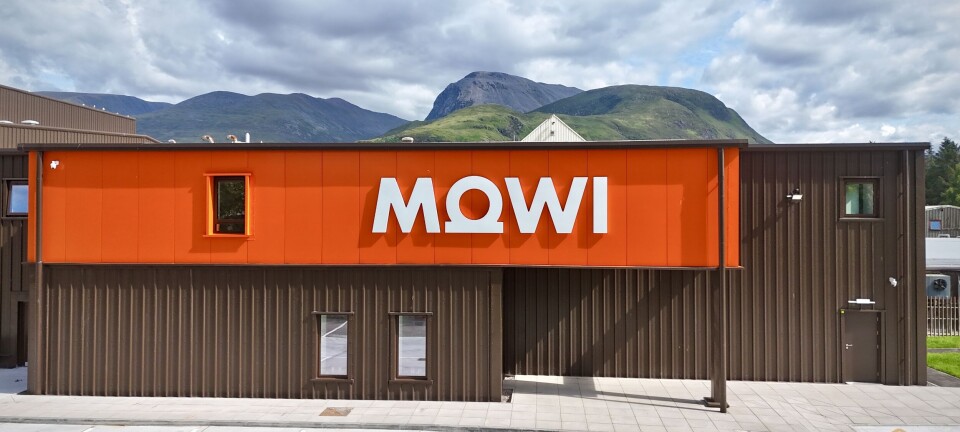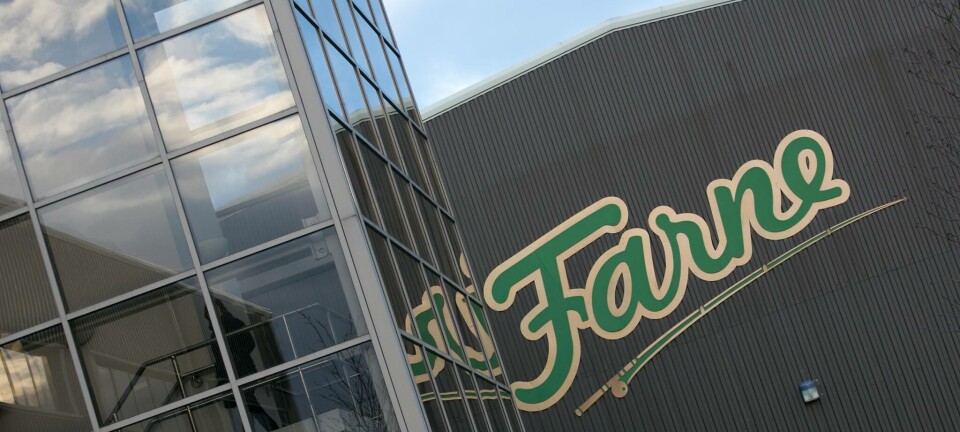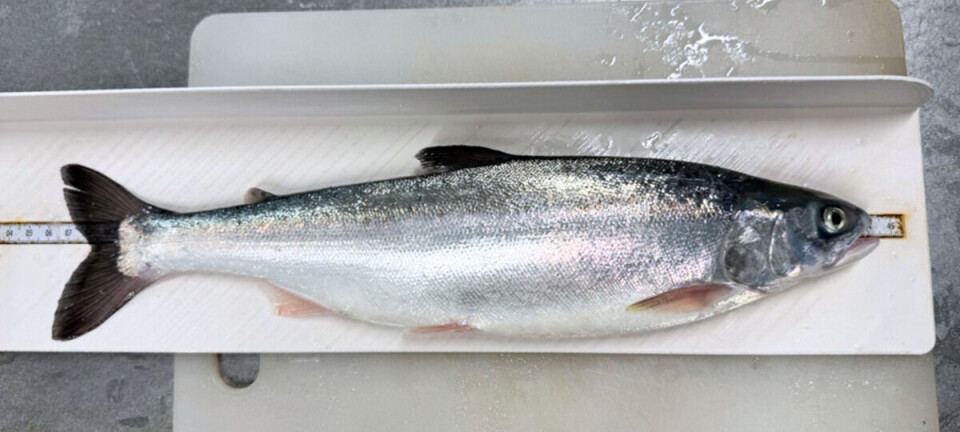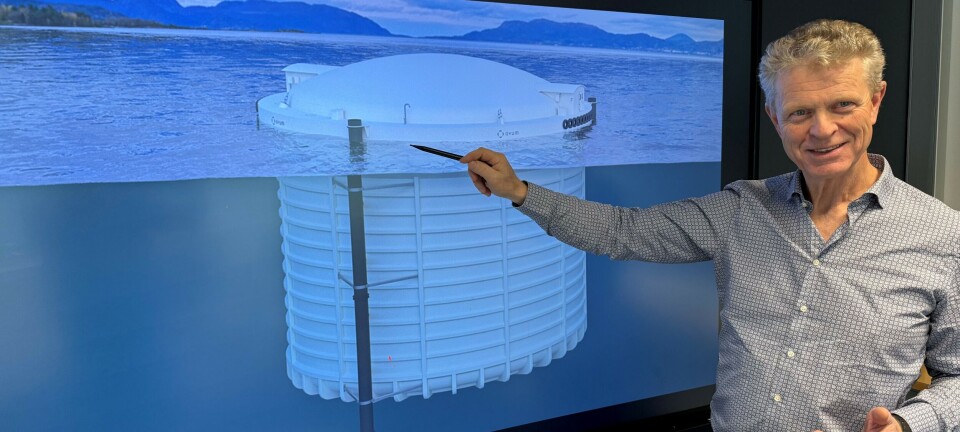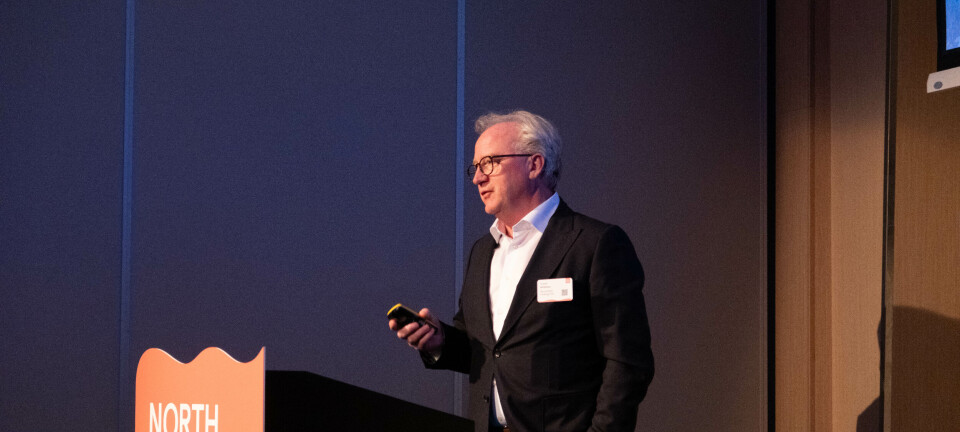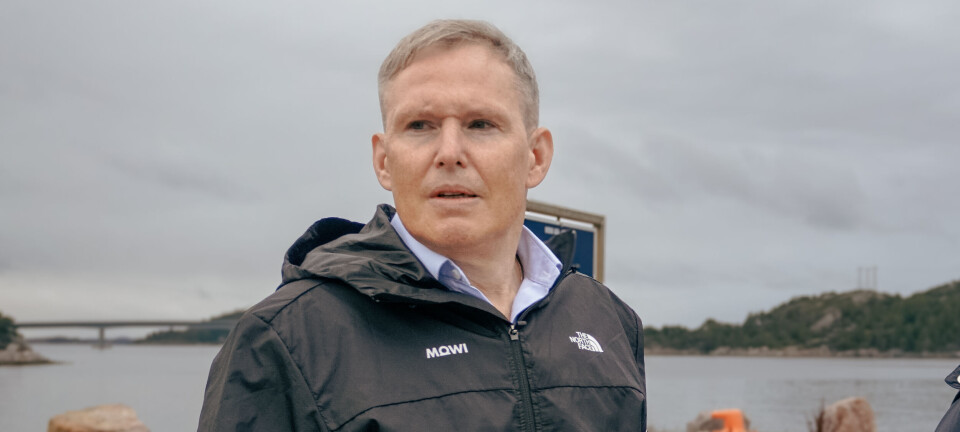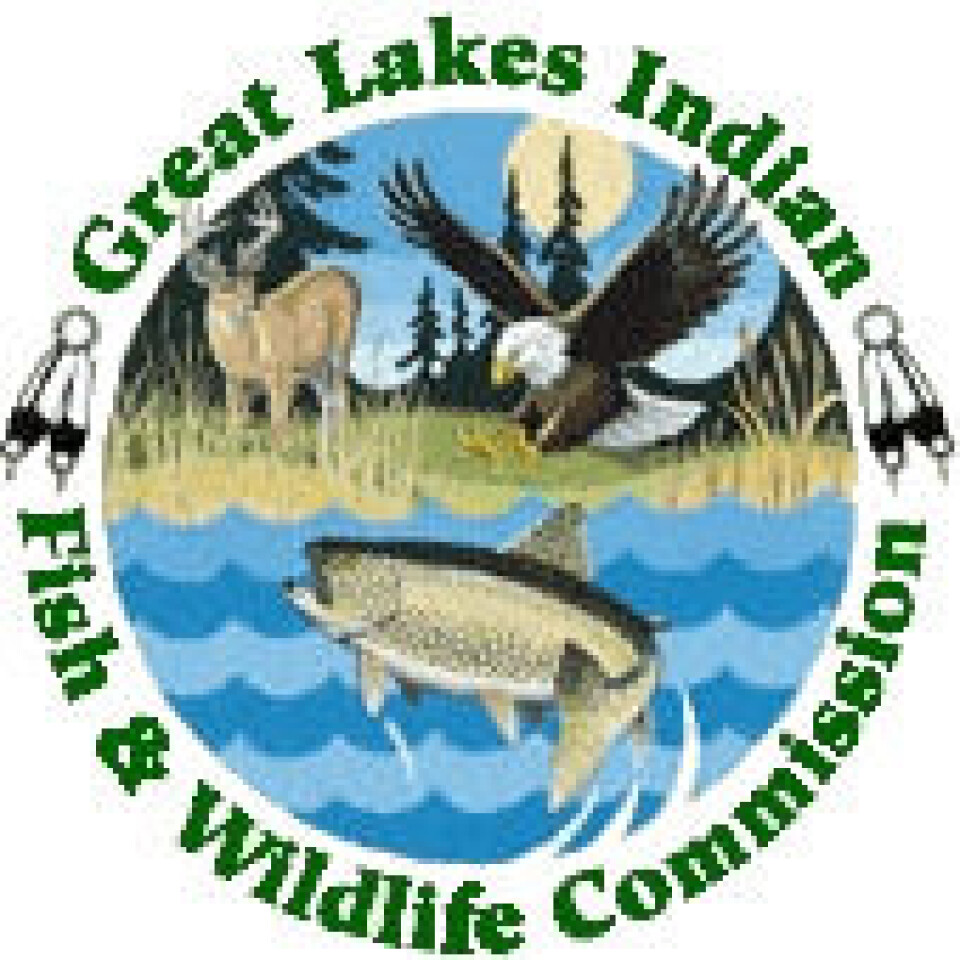
Native American Tribes moving on aquaculture
In British Columbia, native Canadian Indians are actively pursuing shellfish aquaculture, and many tribes are working with the salmon farming companies, with up to 80 members from one band working on farms and in processing plants. As Charlie Rasmussen, staff writer with the Great Lakes Indian Fish & Wildlife Commission explains, native Americans are also in the game;
When it comes to farming fish, no secret is safe. And that’s exactly the way it should be said Greg Fischer, University of Wisconsin-Stevens Point Northern Aquaculture Demonstration Facility (UWSP-NADF) manager. “Getting everyone together, sharing tricks of the trade, is the best way to learn and improve your own operations,” Fischer said. Regional hatchery officials from 13 tribes did just that August 10-11 at the Midwest Tribal Aquaculture Workshop. Fifty participants from White Earth, Minnesota to Sault Ste. Marie, Michigan soaked in aquaculture slideshow seminars and toured a pair of local hatcheries including the University of Wisconsin-Stevens Point’s NADF located at Red Cliff.
Tribal programs churn out tens-of-millions of fish annually, bolstering wild populations of walleye, trout, muskellunge, and other species. Call it aquaculture, fish farming or hatchery production; the end result is an enhanced fishery for tribal and state-licensed fishermen. “American Indian fish hatcheries help pick up the slack when wild populations are down,” Fischer said. “There are a lot of different people that benefit from tribal aquaculture programs including Lake Superior commercial fishermen.”
Workshop participants got a taste of an intriguing NADF study that has the potential to develop into a popular home-grown product, replacing imported walleye fillets. By all accounts, the project is cooking up nicely. During a late afternoon fish fry, Fischer served fast-growing saugeye, a hybrid achieved by coupling female walleye with male sauger. While saugeye occur naturally in some large river systems like the Mississippi, NADF scientists have made in-hatchery refinements to produce table ready fish in only one year. “It just amazes me,” said Fischer. “We’ve raised yellow perch as a food fish and have run into some difficulties with the early lifestages. But saugeyes grow about four times faster and produce a similar, high value product without the same issues that we have seen with yellow perch.”
Working with a host of partners including the Lac Courte Oreilles Tribe, NADF staff is exploring large-scale, commercial prospects of producing walleyes and saugeyes within enclosed recirculating aquaculture systems, which require much less water than conventional fish farm operations. With Canadian walleye imports totalling over six million pounds annually, the NADF research may one day help take a healthy bite out of the foreign fish trade. Fischer said results from the expanded walleye/saugeye program should be available in Summer 2011. A stone’s throw from the NADF complex, Red Cliff Biologist Matt Symbal guided the school of fish farmers through the tribal hatchery grounds. While the facility has produced a range of fish species over the past two decades, Red Cliff’s specialty is culturing coaster brook trout. Long rectangular raceways hold Gichigami-bound fingerlings along with large, in-house Nipigon Lake strain brood stock used to propagate new classes of trout each year.
University of Wisconsin-Extension Outreach Specialist Sarah Kaatz said fish farming has plenty of room to grow in the near future as public demand for locally produced food increases. “People want to buy local. They want to know where their food comes from and that it was done in a sustainable way.” Kaatz said Wisconsin has strict regulations that ensure water is utilized efficiently and flows back into the environment effluent-free. “Aquaculture operations are very good stewards of water. They depend on clean water—we all do.”




